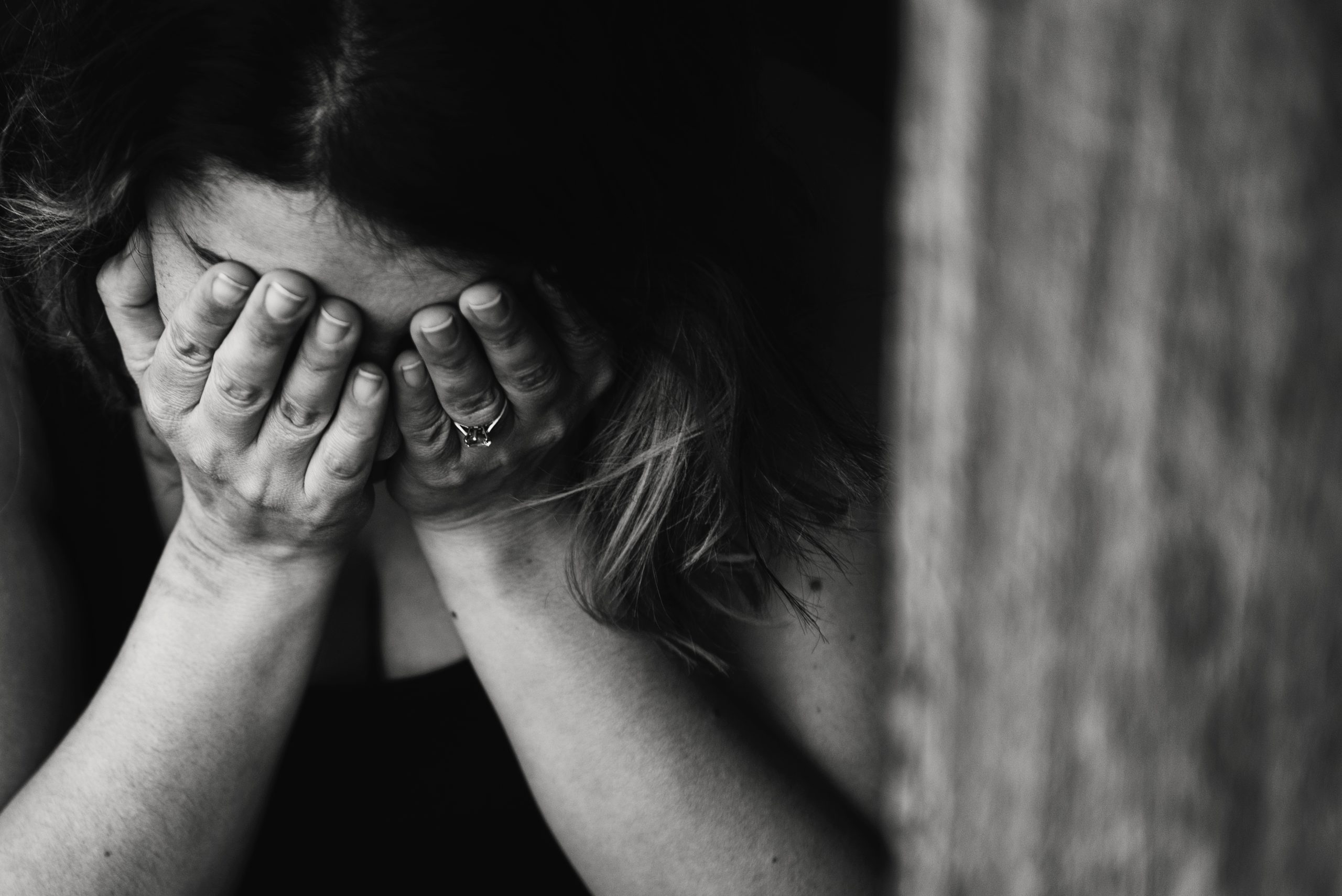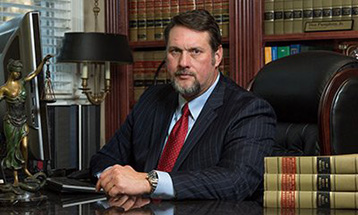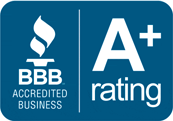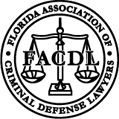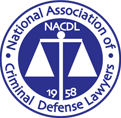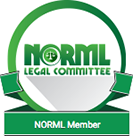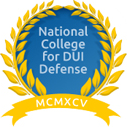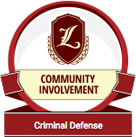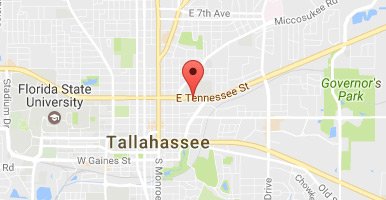- DUI
- Criminal Defense
- Florida DUI
- Traffic Offenses
- Drug Charges
- Marijuana Charges
- Violent Crimes
- Domestic Violence
- Temporary Injunctions
- Weapons Charges
- Theft Crimes
- White Collar Crime
- Juvenile Offenses
- Sex Crimes
- Violation of Probation
- Early Termination of Probation
- Seal or Expunge Criminal Record
- Criminal Appeals
- US Federal Offenses
- Misdemeanor Charges
- Felony Charges
- Co-Defendant Cases
- College Student Defense
- College Student Hearings
- FSU Students
- FAMU Students
- Florida Panhandle Arrests
- Extradition to Florida
- Bench Warrants / Warrants
- Emergency Bond Hearings
- Gambling Charges
- Drone Arrests
- Marsy’s Law
- UAS Infractions
- Introduction of Contraband
- Lying to Police
- Locations
- Case Results
- Our Firm
- Media
- Resources
- Blog
- Contact Us
Federal and State Human Trafficking Legislation
June 21, 2021 Don Pumphrey, Jr. Criminal Defense, Sex Crimes Social Share
Federal Legislation
The Trafficking Victims Protection Act (TVPA) of 2000 is considered the basis of federal human trafficking legislation. The term “trafficking” within the act refers to “severe forms of trafficking in persons,” meaning:
“Sex trafficking in which a commercial sex act is induced by force, fraud, or coercion, or in which the person induced to perform such an act has not attained 18 years of age; or the recruitment, harboring, transportation, provision, or obtaining of a person for labor or services, through the use of force, fraud, or coercion for the purpose of subjection to involuntary servitude, peonage, debt bondage or slavery.”[1]
The law provides a three-prong approach to address trafficking in persons which includes preventing human trafficking, prosecuting human traffickers, and protecting victims. The act established that human trafficking and related offenses are federal crimes.[2] It also established the Office to Monitor and Combat Trafficking in Persons, which is required to publish a Trafficking in Persons report each year that outlines each countries effort to combat human trafficking. [3] In addition, it allowed for labor trafficking and sex trafficking to align for the first time as related issues while also recognizing different forms of forced labor as human trafficking violations.[4] The TVPA works alongside the Trafficking Victim Protection Reauthorization Act (TVPRA) of 2003, 2005, 2008, 2013, 2017 and 2019 to fight against human trafficking domestically and internationally.[5] These reauthorizations were pivotal in implementing further sanctions for those that commit human trafficking violations. A prime example of this is the TVPRA of 2005, which “enhance[d[ protection and increase[d] restitution for victims of human trafficking [by] imposing additional monetary penalties” for crimes that specifically target vulnerabilities and lead to exploitation.[6]
Furthermore, the Customs and Facilitations and Trade Enforcement Act of 2009 “prohibits the sale of goods through the use of coercion or goods made by victims of human trafficking.”[7] Similarly, the Trade Facilitation and Enforcement Act of 2015 allows U.S. Customs and Border Protection Agency to “investigate the production of any good reported to be a product of child or forced labor and ban the goods from entry into the United States.”[8] This law is imperative, as it helps to dismantle corporate supply chains that prey on the forced labor of impoverished people. The Racketeer Influenced and Corrupt Organizations Act (RICO) was enacted as part of the Organized Crime Control Act to reduce the infiltration of organized crime in legitimate business and allows for trafficking offenses to be included as a racketeering offenses.[9] The Preventing Sex Trafficking and Strengthening Families Act of 2014 is legislation aimed at protecting youth involved in the foster care system from being victims of human trafficking.[10] It requires that child welfare systems screen and identify youth who are sex trafficking victims or at risk for sex trafficking and provide appropriate services to them.[11]
State Legislation
The principal statute regarding human trafficking in the state of Florida is F.S. 787.06. This statute defines human trafficking as a form of modern-day slavery and finds that human trafficking is committed when a person “knowingly, or in reckless disregard of the facts, engages in or financially benefits from transporting, soliciting, recruiting, harboring, providing, enticing, maintaining or obtaining another person for the purpose of exploitation of that person.”[12] The statute recognizes that victims of human trafficking are subject to force, fraud, or coercion for the purpose of exploitation.[13] Such exploitation can take the form of being forced to work in prostitution or the sexual entertainment industry.[14] It can also take the form of labor exploitation, such as forced domestic servitude, restaurant work, janitorial work, sweatshop factory work, and migrant agricultural work.[15]
The statute has different requirements for determining if an adult is a victim of human trafficking versus if a child is a victim of human trafficking. The element of coercion must be present for an adult to be a victim of human trafficking. This requirement is not present for a child to be considered a victim of human trafficking, as a child cannot ever consent to commercial sex. The statute defines coercion as:
1. Using or threatening to use physical force against any person;
2. Restraining, isolating, or confining or threatening to restrain, isolate, or confine any person without lawful authority and against her or his will;
3. Using lending or other credit methods to establish a debt by any person when labor or services are pledged as a security for the debt, if the value of the labor or services as reasonably assessed is not applied toward the liquidation of the debt, the length and nature of the labor or services are not respectively limited and defined;
4. Destroying, concealing, removing, confiscating, withholding, or possessing any actual or purported passport, visa, or other immigration document, or any other actual or purported government identification document, of any person;
5. Causing or threatening to cause financial harm to any person;
6. Enticing or luring any person by fraud or deceit; or
7. Providing a controlled substance as outlined in Schedule I or Schedule II of s. 893.03 to any person for the purpose of exploitation of that person.
The penalties for the crime of human trafficking are dependent on a variety of factors. These factors include if the labor or sex trafficking involved the element of coercion, if the victim was an unauthorized alien, or if the human trafficking was for labor or commercial sexual activity. In addition, there are penalty enhancements if the commercial sexual activity involved a child under the age of eighteen or any person who is deemed mentally defective or mentally incapacitated.[16]
In addition, the Florida Safe Harbor Law (H.B. 99) was enacted in 2012 and aims to help sexually exploited children in all aspects of their lives.[17] It increases fines for soliciting prostitutes from $500 to $5,000 and uses that money to create safe houses with special living quarters to accommodate children who have been victims of sexual exploitation.[18] The law also outlines how these safe houses should provide services to the children, including “security, counseling, transportation, food, clothing, health and dental care.”
This article was written by Sarah Kamide
[1] 22 U.S. Code § 7102 (9) and (10).
[2] American Bar Association, Human Trafficking Legislation: Federal Legislation, American Bar Association, https://www.americanbar.org/groups/human_rights/human-trafficking/trafficking-legislation/ (last visited June 16, 2021).
[3] Id.
[4] Tabitha Bonilla & Cecilia Hyunjung Mo, The Evolution of Human Trafficking Messaging in the United States and its Effect on Public Opinion, 39 Cambridge J. Pub. Pol’y (2018).
[5] Id.
[6] Justice for Victims of Trafficking Act of 2015, H.R. 296, 114th Cong. (2015).
[7] American Bar Association, supra.
[8] Id.
[9] Luz Nagle, Professor of Human Trafficking, Stetson University College of Law, Organized Crime (Feb. 17, 2021).
[10] Federal Law, National Human Trafficking Hotline, https://humantraffickinghotline.org/labor-trafficking-venuesindustries/agriculture (last visited June 16, 2021).
[11] Id.
[12] F.S. 787.06(2)(d).
[13] F.S. 787.06(1)(a).
[14] F.S. 787.06(b).
[15] Id.
[16] F.S. 787.06(4).
[17] F.S. 409-1678.
[18] Florida Safe Harbor Act (H.B. 99) by Representative Fresen, Flgov.com, https://www.flgov.com/wp-content/uploads/childadvocacy/hb99final.htw.pdf (last visited June 16, 2021).

